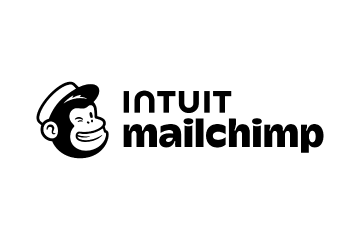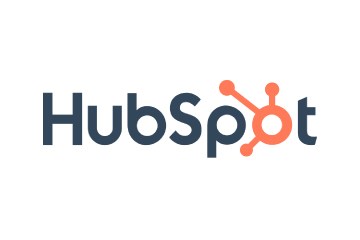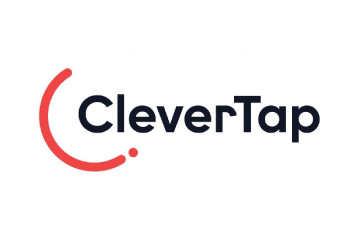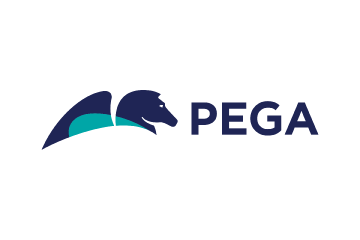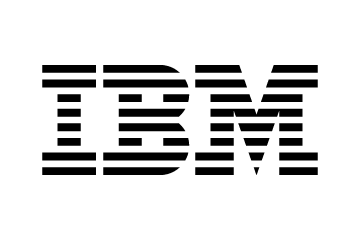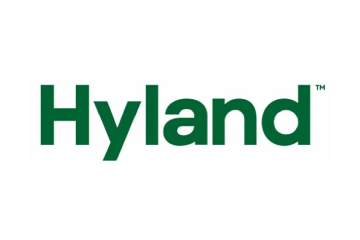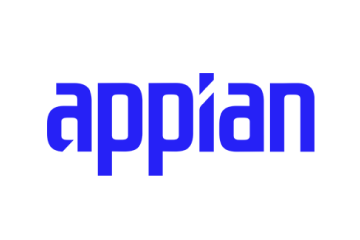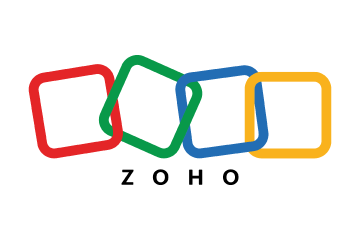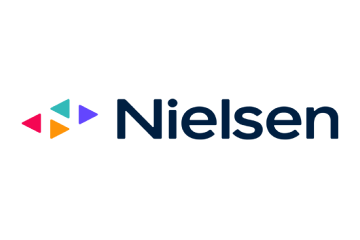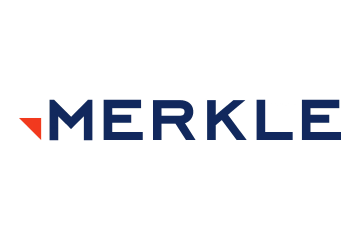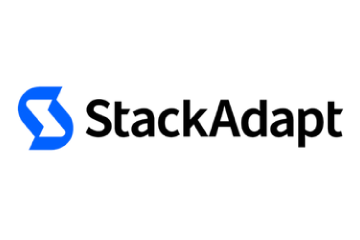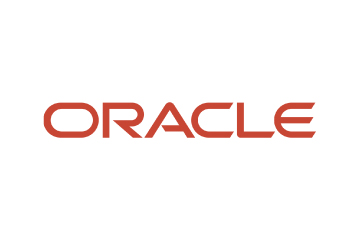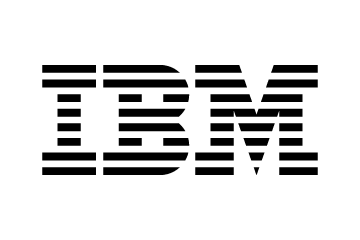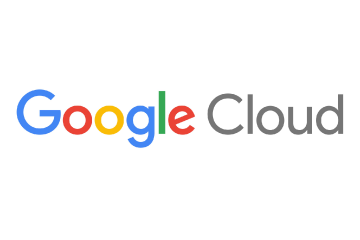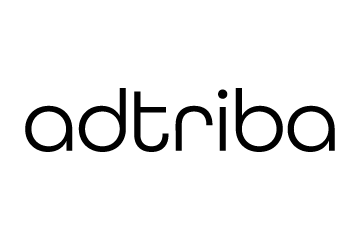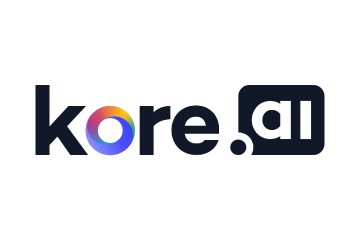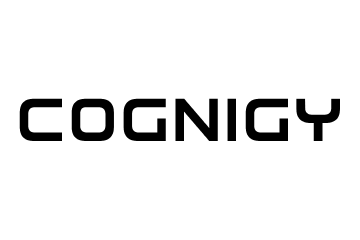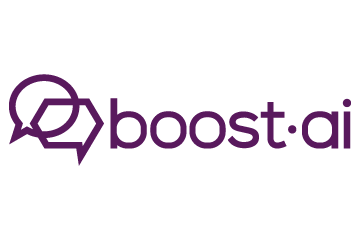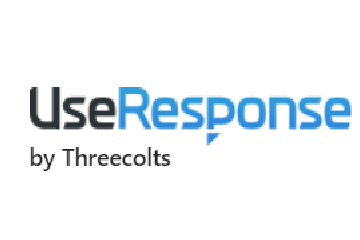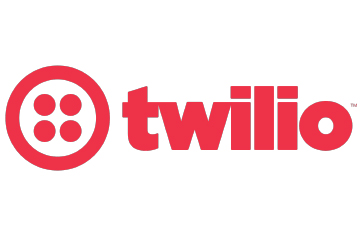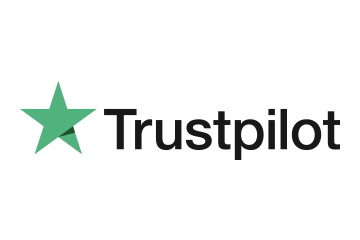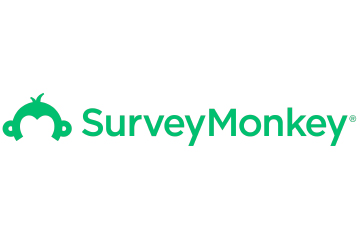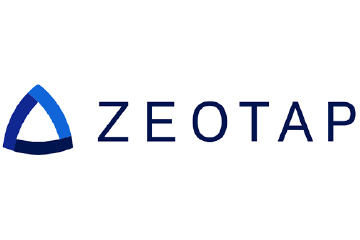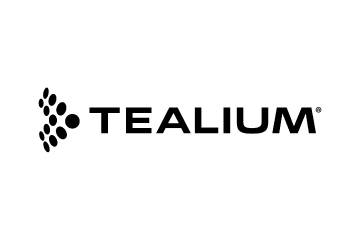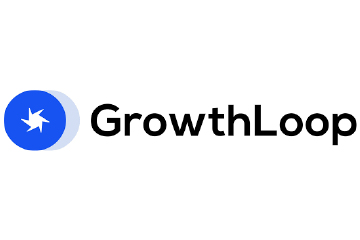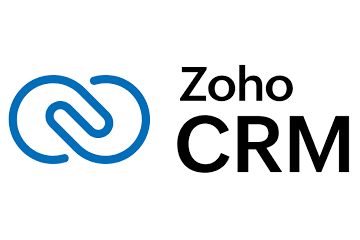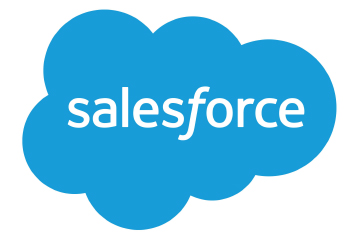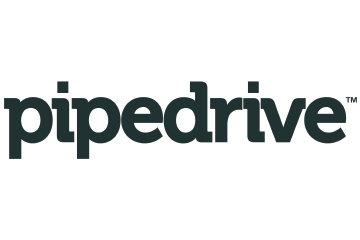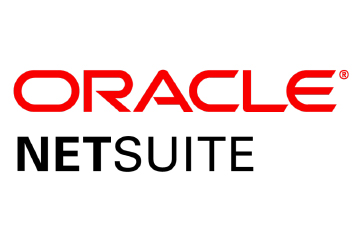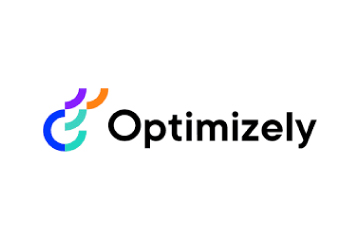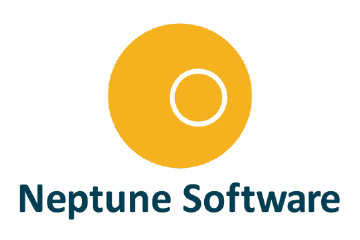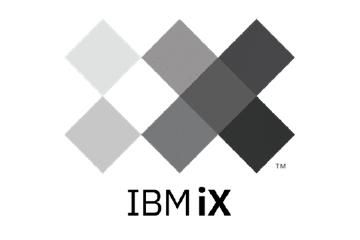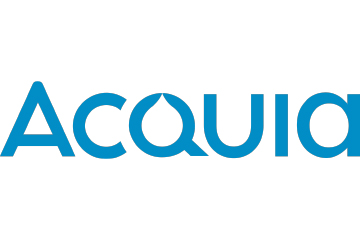Death of The 4x Pipeline, Rise of The CMO as Revenue Architect
Forget what you knew about sales funnels. AI is reshaping how CMOs drive growth, from leading revenue strategies to pioneering AI-driven metrics and owning the future of search with AEO.
What to Read Next
- Xumo Introduces Advanced Identity Solution
- Viant Launches Outcomes: Fully Autonomous Open Internet Ad Product
- StackAdapt Launches In-Platform NPI Targeting & Measurement Capabilities
- OpenX Launches OpenXBuild for Real-Time Advertising Control
- MediaRadar Unveils Data Cloud for AI-Ready Marketing Intelligence

The modern CMO is no longer just a brand steward. The 4x pipeline is dead. AI isn’t just changing how we market – it’s redefining what we measure, how we forecast, and who leads growth.
They’re becoming the architect of revenue strategy – owning GTM performance, AI-powered metrics, and unified customer journeys.
From collapsing silos with RevOps to replacing MQLs with dynamic scoring models, marketing now drives the systems that power precision, not volume. Even search is being reinvented, as SEO gives way to AEO (Answer Engine Optimisation), and visibility moves into the hands of AI.
This isn’t a tech upgrade. It’s a leadership mandate.
The 4x Illusion: A Model Past Its Prime
For decades, the 4x pipeline rule acted as a security blanket for B2B sales – especially in enterprise SaaS, capital equipment, and high-ticket services. If close rates were 25%, logic dictated you needed 4x your quota in pipeline.
But that logic belongs to another era.
It made sense when GTM systems were siloed, scoring was static, and signals were soft. But in today’s AI-driven world, the 4x model rewards noise, not precision. It drives misalignment, overspending, and misjudged forecasts.
Meanwhile, fast-moving PLG, SMB SaaS, and DTC companies have been thriving with leaner, AI-informed funnel strategies. They close faster, spend smarter, and achieve better ROI with 1.5x to 2.5x coverage.
The message is clear: the future isn’t about “more.” It’s about what works – and the modern CMO is the one making it work.
AI-Powered GTM: Building The Nerve Centre
Thanks to unified data layers, behavioral scoring, and cloud-scale analytics, we now have the tools to run precision GTM engines. AI models ingest engagement, firmographics, web behavior, and third-party intent in real time.
Instead of chasing quota with padded funnels, CMOs can now orchestrate GTM around:
- Pipeline quality over quantity
- Scoring that adapts dynamically
- Conversion modeling across teams and journeys
- Revenue forecasting with AI-backed confidence indexes
This shift only works if marketing, sales, and customer success share a common data spine. CMOs must lead that unification – not follow it.
Metrics Reimagined: From Activity to Impact
Legacy metrics like MQLs, CTRs, and last-touch attribution still haunt dashboards. But they no longer reflect how modern buyers behave – or how revenue is truly created.
Here’s what’s fading fast:
| Legacy KPI | Modern Metric |
| MQL count | Pipeline Fit Score + Intent Behavior |
| Static lead scoring | Dynamic Propensity Models |
| 4x coverage | Coverage Confidence Index |
| Last-touch attribution | ML-Based, Multi-Touch Attribution |
| Keyword rankings (SEO) | AEO Visibility Score + Answer Share |
By shifting from activity-based KPIs to AI-aligned revenue signals, CMOs become operational growth leaders, not just campaign managers.
Platform Architecture Is Strategy
The shift in metrics is supported by shifts in architecture. And the 2025 Martech Composability Survey confirms the architecture shift:
- CRM remains dominant in B2B stacks (42%)
- MAPs fell from 30.7% to 26%
- Custom-built hubs rose from 2% to 10% in just one year
This signals a deeper truth: composable stacks aren’t a tech preference – they’re a strategic necessity.
CMOs who lead stack modernisation create the conditions for unified execution. Those who cling to legacy tools will watch their influence – and pipeline accuracy – erode.
CMOs at The RevOps Core
AI is collapsing the silos between Marketing, Sales, and Customer Success. Revenue execution is now cross-functional, data-driven, and orchestrated in real time.
CMOs must embed in RevOps to lead:
- Forecasting and coverage modeling
- Territory and capacity planning
- Funnel diagnostics and conversion optimisation
- Buyer journey orchestration across lifecycle teams
This is not about marketing alignment – it’s about marketing ownership of the systems, signals, and strategies that drive growth.
AEO: Owning The AI Search Frontier
SEO isn’t dead – but it’s no longer the only front door. Buyers now ask ChatGPT, Perplexity, and Google SGE, not Google Search.
- Over 60% of queries now return AI-generated answers
- Gartner predicts a 25% drop in traditional search traffic by 2026
- AI referrals generate higher dwell time and lower bounce rates
CMOs must now optimise for AEO (Answer Engine Optimisation) – the art of being the best, most cited brand in generative AI results.
Key metrics for AEO success:
- AEO Visibility Score – how often you show up in AI answers
- Answer Share – brand mentions vs. competitors
- AI Referral Engagement – conversion rates from AI-originated traffic
AEO isn’t the future of search. It’s the present of (buyer’s journey) discovery.
5 Actions for CMO-Led GTM Transformation
- Redefine Success
Trade MQL vanity for revenue velocity, conversion confidence, and GTM impact.
- Rethink Pipeline Strategy
Pilot a 2.5x coverage model with AI scoring to eliminate low-fidelity leads.
- Lead the AEO Revolution
Audit your AI presence, structure content for natural-language queries, and monitor answer visibility.
- Embed in RevOps Governance
Bring buyer intent, velocity, and conversion data to the forecast table – every time.
- Champion Composability
Lead platform strategy across CRM, MAP, analytics, and content to enable adaptive execution.
The Final Word
The age of bloated pipelines and backward metrics is over. CMOs who still measure success in MQLs and open rates risk becoming irrelevant to Sales, Finance, and the C-suite.
The modern CMO is a revenue architect – an orchestrator of insight, influence, and execution across the GTM system.
This manifesto isn’t just a call to evolve – it’s a mandate to lead.
ALSO READ: If the Stack Broke the Strategy, It’s Time CMOs Took It Back













